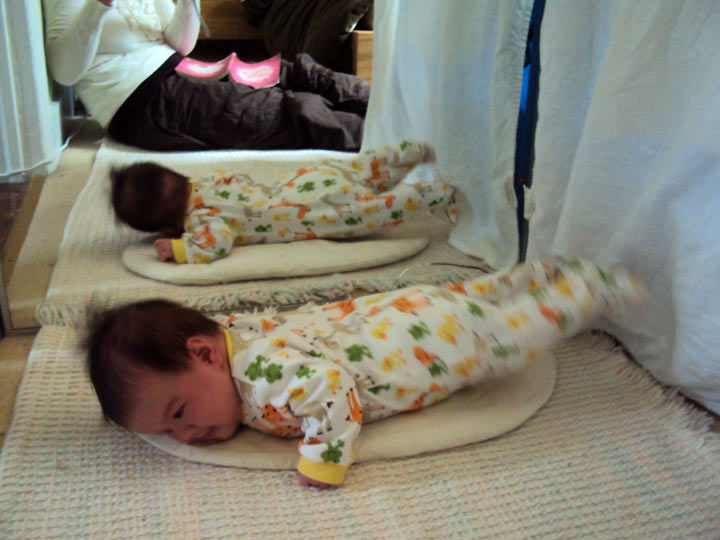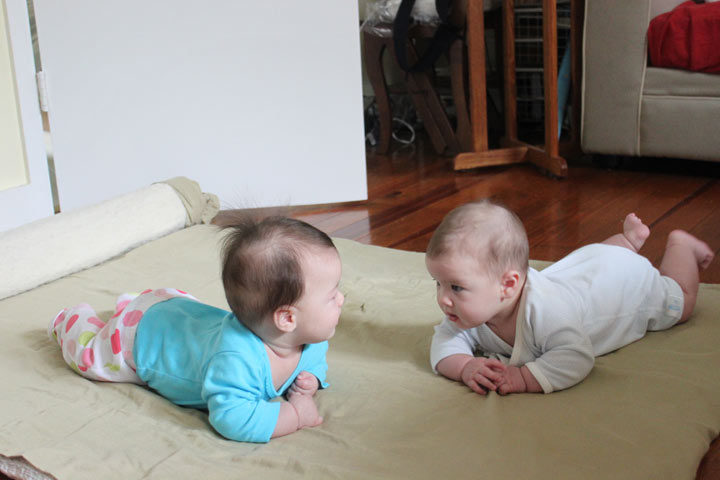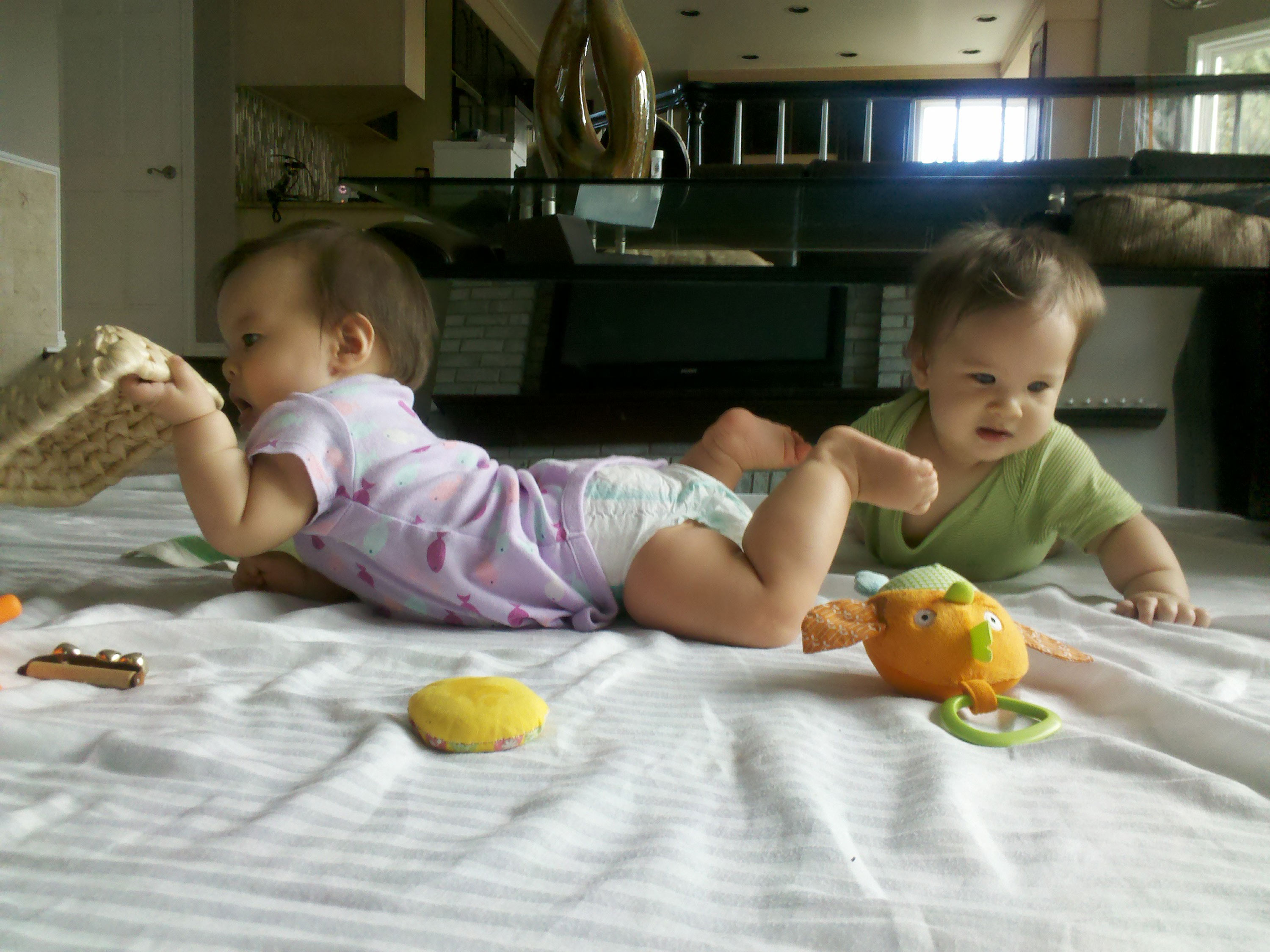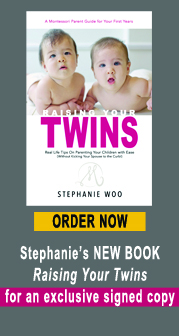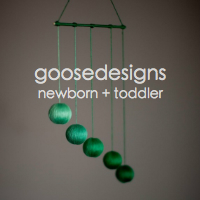Bedtime and Toddler
For the past two months, it’s been really hard to put B and M (23 months) down at bedtime. They take turns crying when I try to leave their room after lights-out. Anyone else experiencing this? I’ve had to try A LOT of different things to keep them in their bed and me in mine night after night.
Here are things I’ve tried that I don’t like: 1. stay till they fall asleep (exhausting, habit-forming and my least favorite of options), 2. cry it out (second least favorite option which I resort to when I’m absolutely exasperated, but it has worked on occasion) 3. let them stay up and play outside of their room.
Well, I also started compiling a list of things that HAS worked for us. Things have gotten better in the last two weeks. I can usually leave the room 5 minutes after lights out and they will stay in their room and fall asleep by themselves till the next morning at 7am. I’m also looking for more ideas in case these run out of steam! Please post yours in the comment area.
- Involve both Mom and Dad with bedtime. I cannot count the number of nights I just cannot extricate myself from a child’s hug and the only thing that would keep them from a meltdown when I try to leave is to say, “Daddy’s gonna come in to say good-night to you. Do you want to see Daddy?” That usually results in a yes. And somehow, Daddy only needs a 5-minute appearance to put them to sleep. Maybe not all Dads can do it in that time, but I’m completely convinced (and use it with my husband all the time) that Dads are better at bedtime than Moms. He believes it now, too.
- Give your child a “Toddler Massage.” I came up with this after observing Brooke, who has recently been asking to be held A LOT. So this what you do: after you turn off the lights, hold your child against your belly tightly. Using your whole palm, rub your child’s back, legs, arms and feet firmly, gently and slowly. Hold her as close to you as you can. It’s like an infant massage, except it’s for your toddler. I do it first to one child, then to the other. When I’m massaging one child, I’ll say to the other, “I’m holding your sister now, Please don’t interrupt us.” Both Brooke and Mackenzie love this. Mackenzie will say to me in Chinese, “Mackenzie wants tightly.” After 5-10 minutes of this intense intimacy and skin contact, they’ll crawl back to their little pillows and say good-night to me. This has been the most successful thing I’ve tried in recent weeks, especially during the week my husband was on a business trip. Not only do babies need a lot of skin contact, toddlers (and adults) need it, too.
- Never ever change the bedtime routine. We eat dinner, take bath, drink milk and do storytime. Then it’s lights out somewhere between 815-830. No exceptions. Daytime schedule may change (though I make every effort to honor the 1pm nap schedule as well), but this bedtime routine never ever changes. If my husband and I need to go out, we ask our nanny to follow this schedule. Many families will make an exception here and there (holidays, birthdays, special events, weekends), but a toddler’s need for order and routine is so intense that expecting him to accommodate to your schedule will just mess with his ability to fall asleep at bedtime on his own.
- Talk them through the bedtime routine an hour before bedtime. When we’re bathing, I’ll give them a rundown of what’s going to happen: “After we bathe, we’re going to have milk, then I’m going to read you a story in bed, and then we’ll turn out the lights. And then Mommy is going to go out and you will fall sleep by yourself.” And then I repeat the rundown again 15 minutes before lights out. Everyone benefits from a little mental preparation.
- Giving them freedom within limits around sleeping. When they say, “I don’t want to sleep,” I say, “You don’t have to sleep. You have to stay in your room during bedtime, but you don’t have to sleep.” And I mean it when I say this to them. The floor beds they sleep in give them the freedom to move around till they feel tired enough to fall asleep.
I’ve read many blog postings that tell parents to cherish this time, that after they grow older, they won’t want you the way they do now. I can imagine that being true, but for my sanity and happiness NOW, I also need time to myself. And that happens after they go to bed. If you have a toddler right now, I’m sure you can relate. When I can have a good few hours to myself at night and then a good night’s sleep, we are all much happier when we see each other the next morning!





